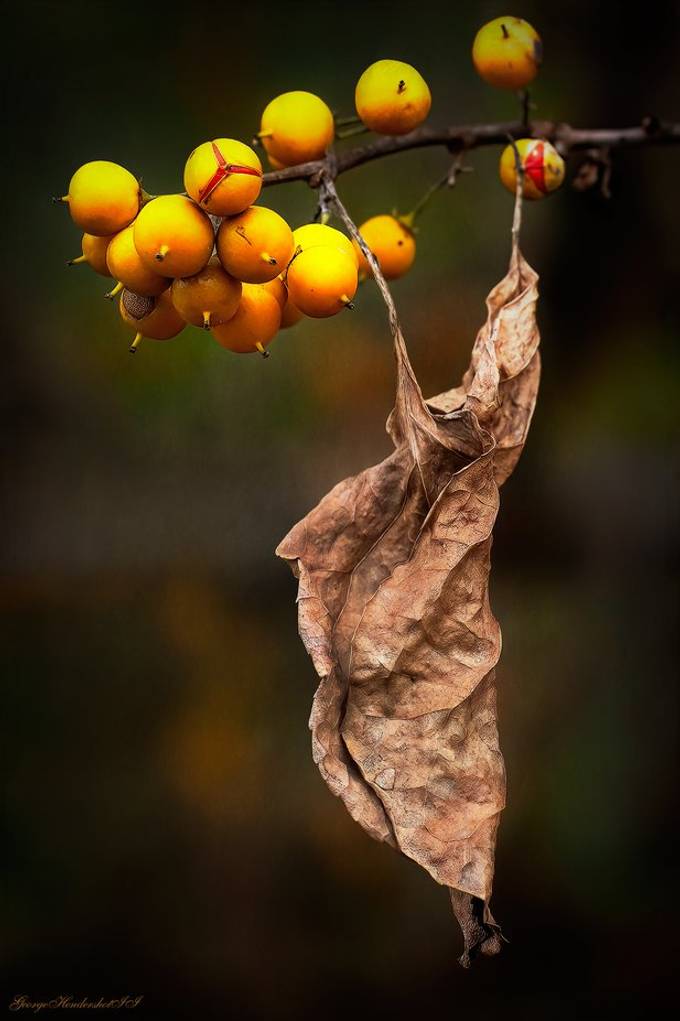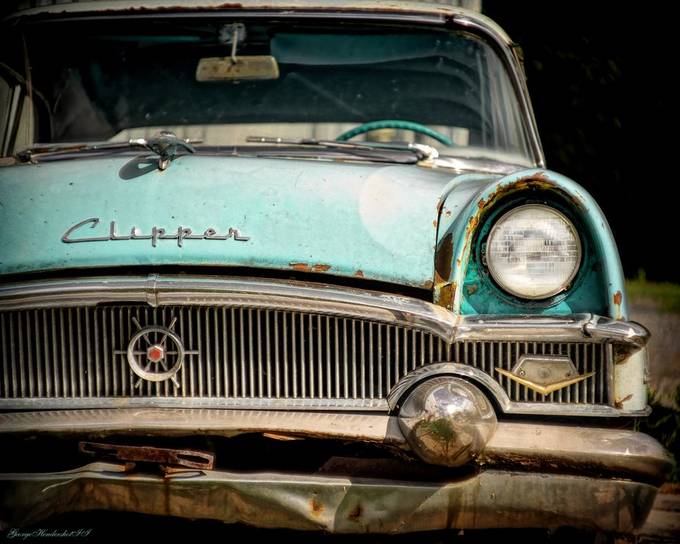Here is something we can learn from viewbug community member chiphendershot about the techniques and story behind this awarded photo. Chip lives in a small town located in Pennsylvania. Most of his professional career has been owning and operating photo labs. He is also a contracted photo specialist for a government recycling agency where he evaluates and tests photographic equipment for resale.
"I taught photography at a small private school for 7 years where I had the privilege to inspire and instruct students the basics of photography and darkroom techniques. Recently I have been inspired to create images using vintage lenses designed for 16mm cine camera on mirrorless cameras, I use a Sony A7R and a Panasonic GM1. My choice of these lenses is Kinoptik 9mm, 32mm, 40mm, and 75mm. I also use Wollensak, Schneider, and Angenuiex lenses. When not using the mirrorless cameras I sport a Nikon D700 with a variety of lenses new, old and other brands with adapters to fit Nikon. I am an out of control camera collector focusing on Kodak, Century, Graflex, Linhof, and early Nikon/Kodak Digital SLR Cameras. At almost 57 years old I am still an artistic freestyle roller skater. I instruct roller skating at the rink where I met my wife and I am a volunteer head coach for a local Special Olympics roller skating team"
What inspired you to take this photo?
I was drawn in by the busy berries hovering over the leaf that appeared to be using its last bit of strength to hold on. It immediately came to my mind that the berries could represent people that are busy and distracted with their own self, no attempt to be aware of what is going on around them. A leaf is a person in distress that is obviously in need of help, but not calling out to those passing by, only hoping someone will see their need for help. If you are one of the berries, look at the people around you, and give a helping hand or words of encouragement. If you are the leaf, call out to those you trust for help, don't go it alone.
Where did you take this photo?
I captured this image on a walk in an area called "The Great Stream Commons", it was late afternoon while on a walk with my wife. We were walking along the edge of a wooded area.
Anything worth sharing about lighting?
Diffused sunlight, the woods offered a little diffusion from the direct sun.
What equipment did you use?
I captured this image with my Sony A7R using a Kinoptik 75mm f/2 vintage c mount lens.
Did you do any post-processing?
I use several editing tools in post-processing. I import my RAW files to Lightroom and make a few adjustments. After that, I am in Topaz Studio where I spend the most time post-processing. I end up with some finishing touches in Photoshop. Most of my life I spent in the darkroom printing for professional photographers. Often you would hear professional photographers say a lab can make or break the photographer. That still stands true in today’s digital environment, most photographers now post-processed their own images. I see so many nice images photographers have posted only to end up being a ho-hum, spiritless image due to poor post-processing or even over-processing. When I worked with negatives in the wet lab, I would have a final print sitting in my work area that I felt was a winner, the next day I would come in and say to myself "What was I thinking"! It is the same with digital post-processing, sometimes walking away and leaving it for another day can be your best decision.
What equipment do you normally have in your bag?
I use a Nikon D850 with a variety of modern lenses as well as vintage film camera lenses with adapters to fit Nikon and Sony E-mount. I recently had my Nikon D700 converted to infrared. I enjoy using vintage c mount lenses designed for a 16mm cine camera on my Sony A7R. The lenses I use with my Sony are Kinoptik 9mm, 32mm, 40mm, and 75mm. I also use Wollensak, Schneider, and Angenuiex lenses. I also enjoy free-lensing also called lens-whacking with a Helios 44m, some Russian lenses, and any other vintage lenses that will produce nice flares and pleasing bokeh.
Any advice for others trying to capture something similar?
Personally, I have to take a deep breath and slow down. I’ve struggled with mental focus my entire life, so even at 59 years old, I have to really concentrate on slowing down as well as not getting discouraged while shooting. I still think of the acronym FAST - Focus, Aperture, Shutter and Think. I enjoy exploring several different camera points of view to find something that may tell an interesting visual story. Post-process is as important as the capture, invest in creative editing software then learn your software. There are many free tutorials out there that can teach you and give you the edge you have been looking for in your images.





